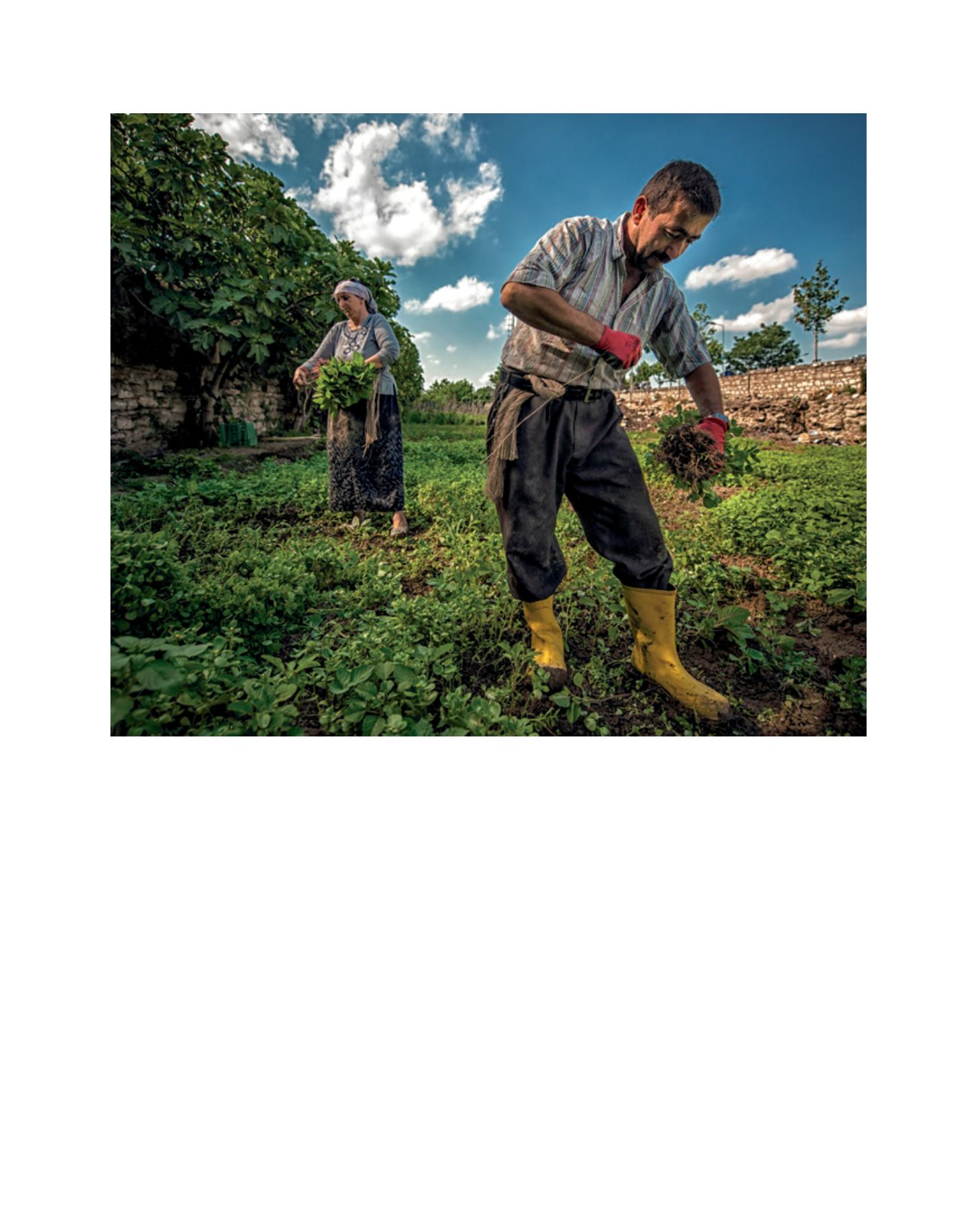

[
] 15
to meet a range of new societal demands that are being
articulated from the cities towards the countryside. Family
farmers are also building new intermediary organizations
(such as territorial cooperatives that take care of the land-
scape, biodiversity and sustainability) in order to respond
to rigid regulatory schemes. Self-regulation is the key
method of operation of these organizations. The capacity
to meet new needs (while simultaneously strengthening
farming and food production) and to respond to new prob-
lems is a reflection of the strength and resilience of family
farms. When it comes to meeting new challenges (such as
reducing energy use, mitigating climate change, enlarging
biodiversity and water retention) this capacity will prob-
ably once again turn out to be decisive. However, there are
reasons for doubting whether the ‘lines of defence’ that
family farmers are constructing will be sufficient – espe-
cially given the turbulence generated by the world market
for food and agricultural products.
Alongside these external threats there are also internal ones.
The biggest one of these is probably the recent tendency of a
small segment of family farms to engage in accelerated expan-
sion that results in the creation of megafarms: very large units
of production that formally maintain their status as family
farms but whose dimensions are disproportionate to those of
regular family farms. These megafarms increasingly monop-
olize market opportunities; they represent an accentuated
concentration of land, and they take away chances for further
development from the remaining family farms. In short, their
operation negatively impacts upon on the large majority of
other family farms (wherever they are located).
Megafarms also produce a range of social ills. Their
elevated scale of production means that they almost inevita-
bly use industrialized farming methods. These methods are
increasingly criticized by citizens and consumers as debas-
ing product quality, harming animal welfare, increasing
environmental pressures, harming the landscape, reducing
the quality of life in rural areas and being disproportion-
ately high energy users, among other things.
The panorama of family farming in Europe and Central
Asia is complex. Family farming is omnipresent and is of
‘Agricultural workers between the Byzantyne walls’, Turkey (IYFF photo competition - Europe regional winner)
Image: Hakan Yayla
R
egional
P
erspectives
















